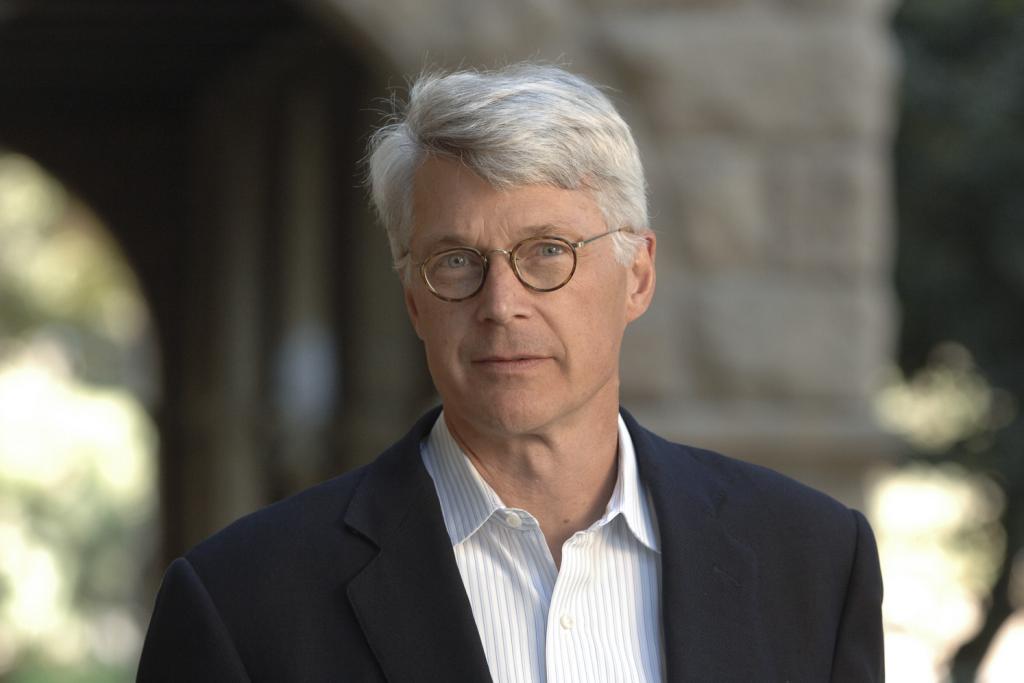Hiroshima and the Myths of Military Targets and Unconditional Surrender
Every year, in early August, new articles appear that debate whether the dropping of the atomic bombs in 1945 was justified. Earlier this month, the 75th anniversary of the Hiroshima and Nagasaki attacks, was no exception.

Published by The Lawfare Institute
in Cooperation With

Every year, in early August, new articles appear that debate whether the dropping of the atomic bombs in 1945 was justified. Earlier this month, the 75th anniversary of the Hiroshima and Nagasaki attacks, was no exception.
The New York Times published Anne Harrington’s moving story about Maj. Claude Eatherly, the pilot of the reconnaissance plane for the Enola Gay, who spent the rest of his life haunted by his role in what he considered an immoral attack. The Wall Street Journal, in contrast, published an op-ed by former Los Alamos laboratory official John C. Hopkins, who claimed that the bombing saved an estimated 5-10 million Japanese civilians and 400,000-800,000 American soldiers who could have died in an invasion and was therefore “the lesser of two evils.”
The Hopkins claim was the most recent inflation of estimates building on what Rufus Miles called the “myth of half a million American lives saved.” Secretary of War Henry Stimson originally claimed in his famous 1947 Harper’s article that an invasion was expected to produce “over a million American casualties [wounded and killed] to American forces alone” (emphasis added). Winston Churchill, in his memoirs, claimed instead that the invasion would have produced one million American fatalities and an additional 500,000 thousand allied fatalities. But the serious historians studying this issue come to a different conclusion, finding that the range of estimates of U.S. deaths in the 1945 military records was significantly lower than the mythical half a million figure.
In our recent article, “Why the Atomic Bombing of Hiroshima Would Be Illegal Today” in the Bulletin of the Atomic Scientists, we focus on a slightly different set of questions. What role did law play in the decision in 1945, and would such an attack be legal today?
Our analysis exposes two other common myths about Hiroshima.
The first myth was started by President Harry Truman when he announced on Aug. 9, 1945, that “the first atomic bomb was dropped on Hiroshima, a military base … because we wished in this first attack to avoid, insofar as possible, the killing of civilians.” Truman argued, in other words, that Hiroshima was a military target. Although Hiroshima contained some military-related industrial facilities—an army headquarters and troop-loading docks—the vibrant city of over a quarter of a million men, women and children was hardly “a military base.” Indeed, less than 10 percent of the individuals killed on Aug. 6, 1945, were Japanese military personnel.
We find no evidence that anyone within the Truman administration undertook a formal legal analysis of the attack options in 1945. Nonetheless, intuitive moral concerns and background legal principles were often raised, especially by Stimson. But the archival record makes clear that such concerns were muted and rationalized away. Killing civilians was the primary purpose of the Hiroshima bombing.
Two committees—the Target Committee and the Interim Committee—were convened to advise U.S. leaders on the atomic bomb. The prioritization of maximizing the bomb’s psychological impact on the Japanese population and leadership is the common thread that binds the recommendations of the two committees. The Target Committee ultimately advised leadership “to neglect location of [military] industrial areas as pin point target, since … such areas are small, spread on fringes of cities and quite dispersed” and instead “to place first gadget in center of selected city.” Mindful of norms against the intentional killing of civilians, the Interim Committee headed by Stimson instead “recommended that … [the bomb] should be used on a dual target, that is, a military installation or war plant surrounded by or adjacent to homes or other buildings most susceptible to damage.”
But the identification of military objectives by the Interim Committee was a rationalization meant to obscure the true aims of the Hiroshima bombing. The Interim Committee’s recommendation was an endorsement of terror bombing with a legal veneer.
At bottom, Stimson wanted to kill as many workers and their families possible. And he made no effort to ensure that the Interim Committee’s recommendation about dual targeting was followed. Ultimately, the crew of the Enola Gay was permitted to pick the aim point and chose the Aioi Bridge at the center of Hiroshima. More than 70,000 men, women and children were killed immediately. In a cruel irony, the munitions factories on the periphery of the city were left largely unscathed.
And then there’s a second myth that still looms large in discussions about the bombings.
Commentators who continue to claim that the Hiroshima bombing was the lesser evil rely on a flawed assumption: that unconditional surrender was the only acceptable outcome. Those who perpetuate the myth of unconditional surrender forget that U.S. decision-makers in 1945 considered other ways of ending the war with Japan. Weighing the lives lost from the atomic bombings against the potential lives lost in an American invasion of Japan ignores the possibility that the war could end with neither an invasion nor nuclear attacks.
At the Potsdam Conference, Stimson recommended that the U.S. modify the unconditional surrender terms to signal to the Japanese government that Emperor Hirohito would not be put on trial. Truman rejected this advice, and the Potsdam Declaration instead stated that “[t]here must be eliminated for all time the authority and influence of those who have deceived and misled the people of Japan into embarking on world conquest” and warned that “stern justice shall be meted out to all war criminals.”
This decision to insist on unconditional surrender in the Potsdam Declaration was critical. After the atomic bombings and the Soviet entry into the war, the Japanese government stated that it was ready to surrender, but only on the condition that nothing in the peace agreement “prejudices the prerogatives of his majesty as a sovereign ruler.” Through a carefully crafted letter, Truman signaled to the Japanese that the emperor would not be subject to war crimes trials. Hirohito, understanding that a private deal had been offered, joined the “peace party,” and called for his government to surrender immediately.
As is true with all counterfactuals, we can’t know with certainty whether the Japanese government would have surrendered without the dropping of the bomb if this compromise had been offered when Stimson suggested. Among the many tragedies of Hiroshima, however, is that Truman refused to try this diplomatic maneuver earlier.
The international law of armed conflict has evolved considerably since 1945, and an attack like that against Hiroshima would be illegal today. It would violate three requirements of the law of armed conflict codified in the 1977 Additional Protocol I to the Geneva Conventions: to not intentionally attack civilians (the principle of distinction); to ensure that incidental damage against civilians is not excessive compared to the direct military advantage gained from an attack against a lawful target (the principle of proportionality), especially where, as here, the value of the identified military targets in Hiroshima was modest; and to take all feasible precautions to minimize collateral damage against civilians (the precautionary principle). Although the U.S. is not a party to Protocol I, it has long accepted that these core principles reflect binding customary international law, and declared in 2013 and 2018 that the law of armed conflict applies to all U.S. nuclear operations.
Evaluating the military advantage of an attack under jus in bello principles must be assessed in light of a state’s overall war aims, which are themselves subject to legal and moral constraints. Admittedly, the principles governing the terms that states may impose as conditions for ending war—whether under the framework of jus ad bellum proportionality or jus post bellum—make up one of the least well-developed areas of the law of armed conflict. But there are limits on the ends states may seek in terminating wars. As the Defense Department Law of War Manual notes, “the overall goal of the State in resorting to war should not be outweighed by the harm that the war is expected to produce.” This principle applies at the end of a war as well. Because it would have entailed the awful human costs of an invasion, Truman’s demand for Japan’s unconditional surrender to end the war was indefensible. Seeking to avoid the larger losses that would flow from an unjust demand for unconditional surrender cannot justify the Hiroshima attack.
Although a Hiroshima-like attack today would be illegal, there is no guarantee that a U.S. president would abide by the law. In a future crisis, it is not difficult to imagine grim scenarios in which there could be great pressure to use nuclear weapons. Public opinion would not necessarily act as a constraint—polling suggests that most Americans do not believe in a nuclear taboo. These observations should serve as a reminder that the U.S. needs senior military officers who fully understand the law and demand compliance. And this underscores the importance of electing presidents who care about law and justice in war.






